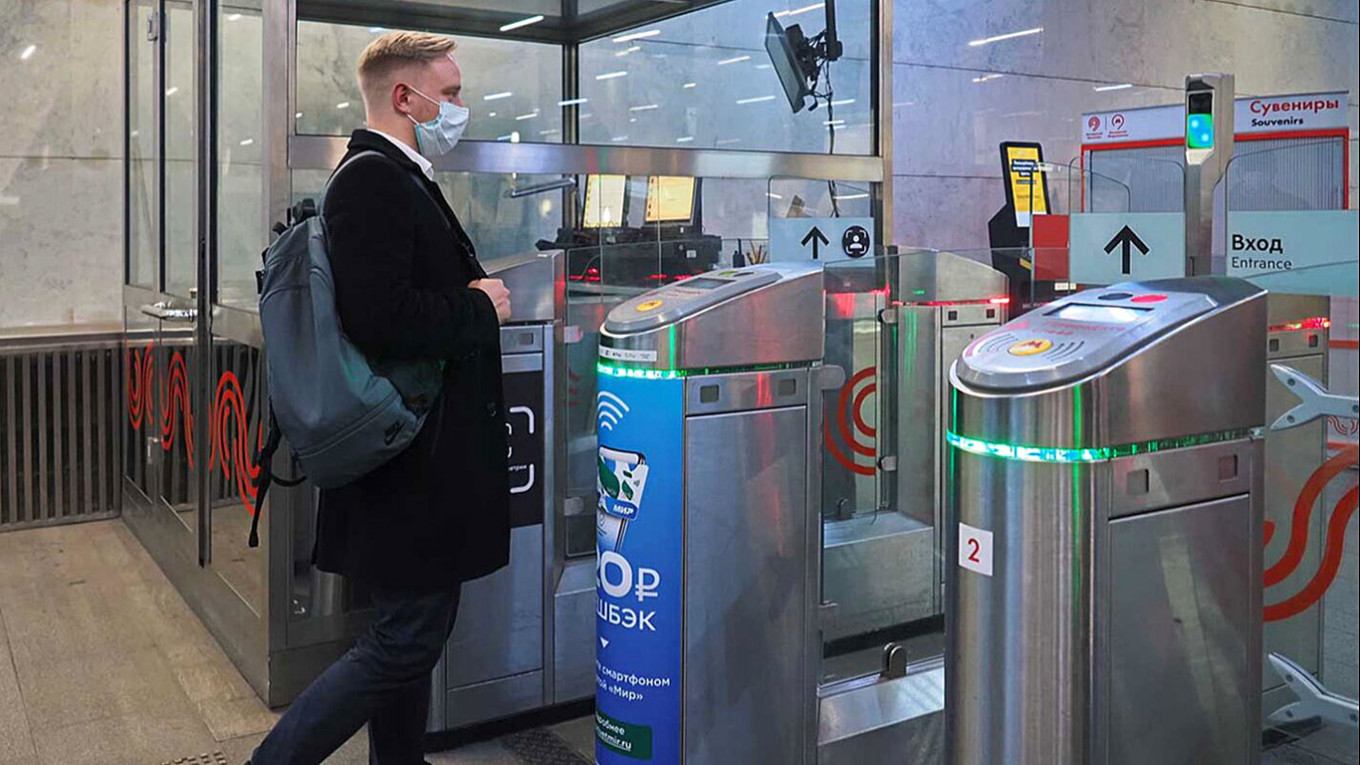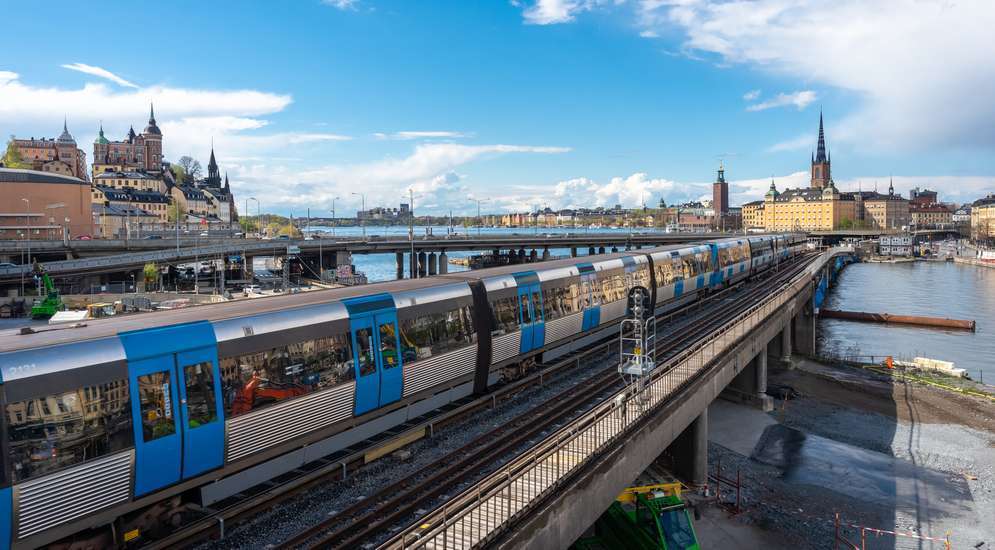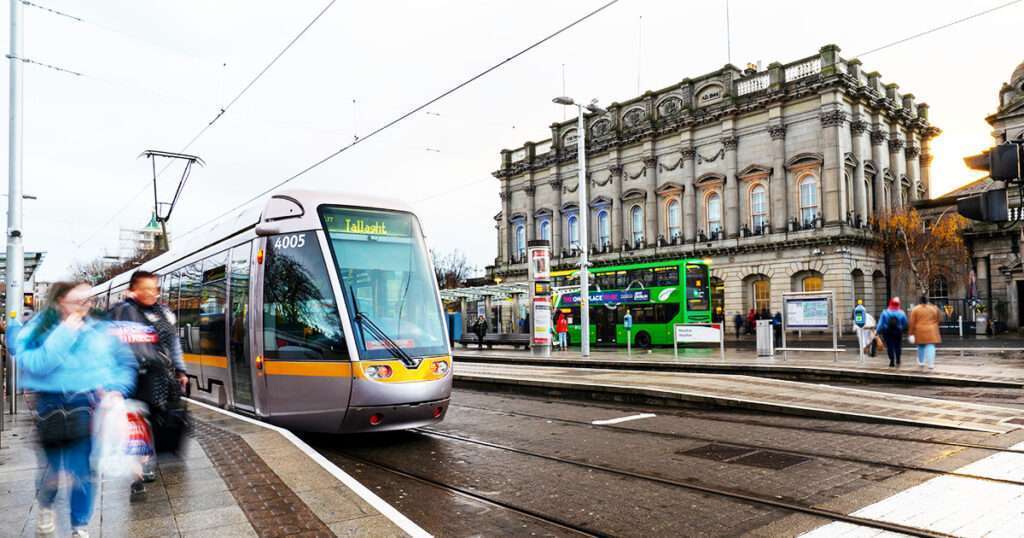For many people, the use of a facial recognition system is only useful for unlocking their mobile phone or accessing certain services on applications without having to manually enter their identifiers. While Europe is at the stage of dematerializing bus tickets, Moscow is way ahead of the rest of the world in offering a brand-new payment service. Indeed, the Russian capital is using facial recognition as a payment tool for metro journeys. A revolutionary concept to relieve metro congestion? But what is it really? We tell you more about this device called: Face Pay …
An unprecedented system according to the authorities
The Moscow metro is the busiest in Europe. In fact, it has more than 6 million passengers a day. And according to the city’s authorities, it is now the first to offer a face recognition payment system on such a large scale. Moscow is rolling out Face Pay in October 2021.
This service is designed to pay for your ticket using facial recognition in all metro stations. In order to use it, the user just needs to associate his photo, bank card and Muscovite Troika ticket on the metro application “Moskvy Metro”. Then, to use it, the user simply has to go to the labelled gate. Finally, all that remains is to look at the camera to pass through the turnstile and enter the platform. The amount to be paid is automatically deducted from the bank card. No need for a ticket, tickets or smartphone… Access to the metro is seamless and without touching anything. A particularly useful device in today’s health context.
De nouvelles opportunités
Maxime Liksoutov, deputy mayor in charge of transport, insists that “everyone is free to use Face Pay”. In no way does the mayor want to make this service mandatory. For their part, the city authorities expect 15% of Muscovites to adopt Face Pay over the next three years. They claim that this service will considerably slow down the flow of people and thus relieve congestion in stations at peak times. It should be remembered that Moscow’s metros, in addition to being transport systems, remain tourist attractions thanks to their mosaics and unique decoration. Maxime Liksoutov also declares that it is “a secure and practical means of payment”.
In addition, all data is securely encrypted. The information collected is also stored in data processing centers to which only senior officials have access. Furthermore, the camera will link a “biometric key” and not an image of the person’s face. But is this enough to reassure and encourage the population to use this service? However, these statements have not reassured civil liberties organizations.
A system that raises concerns
Although the Russian authorities are reassuring the public about data storage, doubts persist. This technology, which appears to be a real feat, has raised several debates about confidentiality. Many national and international NGOs have criticized it. They are concerned about abuses, potential data leakage and a lack of consent. In addition, some activists see the system as a dangerous step in efforts to control the population. Many organizations draw a comparison with the Chinese system, which uses this system to control citizens. Stanislav Shakirov, founder of the Roskomsvoboda group dedicated to the protection of digital rights and freedom of information, said:
This is a dangerous new step in Russia’s push for population control. We must have full transparency on how this application will work in practice. We are approaching authoritarian countries like China, which dominate facial technology. The Moscow metro is a government entity and all the data can be in the hands of the security services.
STANISLAV SHAKIROV, FOUNDER OF THE ROSKOMSVOBODA GROUP
Increasingly real fears
Moreover, the deployment of Face Pay is taking place in a very particular context. Indeed, the Russian capital has recently extended its network of surveillance cameras. It now has 175,000 cameras. Many criticisms have been levelled at the local authorities, as the use of facial recognition would serve to repress opponents of President Vladimir Putin. But also to control people when applying measures such as confinement. Worse than the possibility of abuse by the Moscow authorities, the system can apparently be hacked for less than $200. This is the real risk of applying facial recognition to even more of everyday life in the city. Not only could the government find it easier to track citizens’ movements, but the system itself would become a vulnerable target for even worse abuses.
Thus, the use of facial recognition remains a very controversial technology regarding data protection.





